Club Foot Causes

Club Foot Shoes Baby Ponseti Shoes For Sale Club Foot Baby Club Foot Baby Club
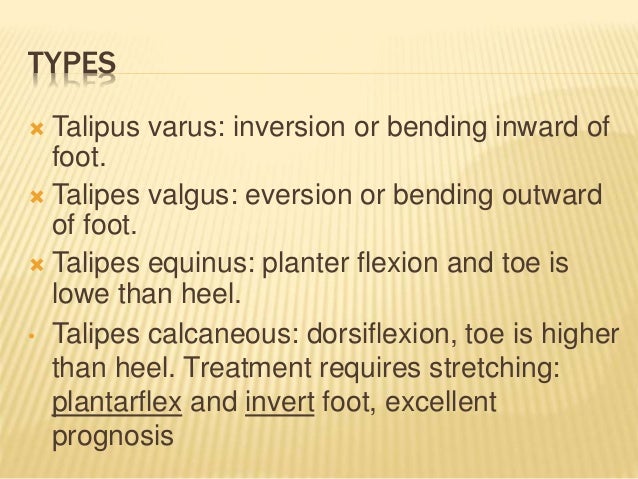
Club Foot

Club Foot Bunionsf Net Professional Foot Treatment Bunion
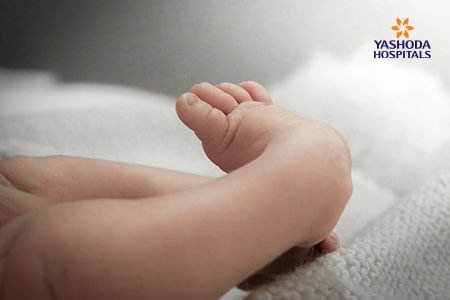
Clubfoot What Is Clubfoot Its Causes
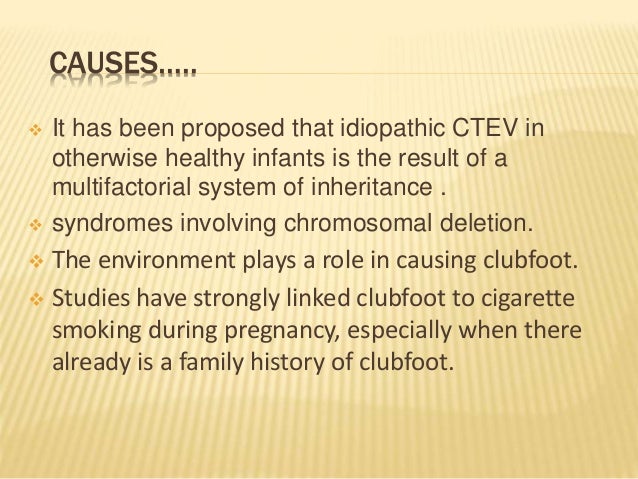
Club Foot

Don T Delay Club Foot Treatment For Your Little One Atlantic Foot And Ankle Associates
Clubfoot is one of the most common non-major birth defects.

Club foot causes. Most of the time, it is not associated with other problems. It is a relatively common defect and occurs in about 1 out of every 1,000 births in Western countries. The cause is unknown in many cases.
The exact cause of clubfoot is unknown, but doctors agree that a family history of clubfoot increases the likelihood that a child will be born with the condition. Clubfoot develops in the womb. The most widely accepted theory is that clubfoot is caused by a combination of genetic and environmental factors.
Without treatment, the foot remains deformed, and people walk on the sides of their feet. Clubfoot causes one or both feet to twist into an abnormal position, and can be mild or serious. Clubfoot probably has a genetic component and runs in families.
9 Specifically, loss of function in the following group of muscles may lead to foot drop 10:. This causes the tissues around the ankle to. The exact cause is usually not identified.
In most cases, there is no known cause of idiopathic clubfoot deformity. Clubfoot is a birth abnormality that causes a newborn baby's feet to point down and inward. It is caused by the soil-borne fungus Plasmodiophora brassicae which infects susceptible plants through root hairs.
The frequency of congenital clubfoot is approximately 1 per 1,240 live births. They may be the first sign of a more serious disease of the nervous system. The occurrence in both feet is between 30-50 percent.
Causes, prevention, and treatment. Today, clubfoot can be treated with the conservative Ponseti Method of casting rather than extensive surgery. Clubfoot causes the heel to point downward while the front half of the foot (forefoot) turns inward.
The doctor might also take an X-ray of the foot to confirm a clubfoot diagnosis. An abnormality of the tendons and ligaments in the foot causes an abnormal structure and position of the foot. In a club foot, the entire foot is twisted “down and in,” to the point that it looks like the feet are upside down, with the soles pointed upward.
Arthrogryposis multiplex congenita, distal, X-linked 4. In babies who have clubfoot, the tendons that connect their leg muscles to their heel are too short. Most clubfeet are “idiopathic,” meaning that doctors don’t know for sure what causes them.
The medical term for clubfoot is talipes or talipes equinovarus. It can range from mild and flexible to severe and rigid. What causes clubfoot Researchers are still uncertain about the cause of most cases of clubfoot.
However, if clubfoot is properly treated, the deformity can often be cured in early childhood. Children with clubfoot should be able to take part in regular daily activities once the condition is treated. Also, mothers who smoke and drink.
Clubfoot is a congenital foot abnormality in which the newborns' foot is twisted sidewards towards the opposite leg. Causes Clubfoot is mainly idiopathic, which means that the cause is unknown. Clubfoot is believed to be a "multifactorial" meaning that there are many different factors involved.
Clubfoot is a deformity of the foot and lower leg. Congenital clubfoot is present at (the definition of "congenital") and affects the foot and/or ankle. It’s when one or both feet are turned inward.
According to the National Institutes of Health, one in every 1000 infants is born with clubfoot, which causes them many physical problems at a later stage of life if not treated early. Causes of Club Foot in Horses The deep flexor tendon is shorter than the bones causing a pulling on the coffin bone in the hoof which causes a deformity in the shape of the hoof Congenital deformity at birth (occurring within the mare’s uterus) likely due to multiple factors. The majority of clubfeet result from the abnormal development of the muscles.
Clubfoot develops prenatally and can be caused by both genetic and environmental factors. As a result, plants have difficulty absorbing water and nutrients properly. Muscular disorders or conditions that lead to progressive muscular weakness such as myotonic dystrophy may cause foot drop.
It also depends on how severe the clubfoot is. Arthrogryposis, distal, type 2A 5. Clubfoot is a birth defect where one or both feet are rotated inward and downward.
Causes of Clubfoot AND Scoliosis. This may lead to pain and difficulty walking. Signs of clubfoot include a short and/or tight Achilles tendon (heel cord) and a heel that is turned in.
Clubfoot occurs when a foot and ankle are permanently twisted. Early clubfoot recurrence after use of the Ponseti method in a New Zealand population. It is important to get an early diagnosis and.
Claw toes may cause pain and lead to calluses on the top of the toe over the first joint, but may also be painless. The cause of clubfoot is unknown (idiopathic), but it may be a combination of genetics and environment. But medical professionals do understand that clubfoot is not affected by the fetus’ position in the uterus.
Even though in many cases, the causes of clubfoot is usually persistent with the position of the baby while he or she is in the womb of the mother which is called Postural Clubfoot. In some children, bones may also be abnormal in terms of shape, size, or position. Baraitser burn fixen syndrome 6.
The affected foot and leg may be smaller in size compared to the other. Risk factors include a family history of the disorder and being male. This is known as postural clubfoot.
Clubfoot, also known as talipes equinovarus (TEV), is a common foot abnormality, in which the foot points downward and inward. Clubfoot, or talipes equinovarus, refers to a developmental deformity of the foot in which one or both feet are excessively plantar flexed, with the forefoot swung medially and the sole facing inward ().It is a common congenital malformation, typically discovered at the time of birth as an isolated anomaly in an otherwise normal neonate. No one really knows what causes the deformity.
There is no known cause for clubfoot, and it is twice as common in male children as it is in female children. Haft GF, Walker CG, Crawford HA. The foot may have a.
Clubfoot is twice as common in boys. Clubfoot can be caused due to the position of the baby in the mother’s womb. Occasionally, the doctor may request X-rays to fully understand how severe the clubfoot is, but usually X-rays are not necessary.
Club foot is caused by genetic abnormality but the exact reason what causes this congenital defect is not known. Most of the time, claw toes are not harmful in themselves. On account of this, the bones will also develop abnormally in shape and position.
Treatment begins shortly after. Clubfoot is a birth defect of the foot that may affect your baby's ability to walk normally. Most commonly, it is an isolated congenital birth defect and the cause is idiopathic (unknown).
Louis have found what. When we talk about clubfoot causes, it’s the same. Clubfoot is a congenital condition (present at birth) that causes a baby’s foot to turn inward or downward.
Arthrogryposis -- severe scoliosis 3. Causes for clubfoot are not understood. Causes of club foot In most cases the cause of club foot isn't known, but there may be a genetic link as it can run in families.
Although it might be a genetic condition, most families show no clear. Most cases of clubfoot can be successfully treated with nonsurgical methods that include stretching, casting, and bracing. The cause of clubfoot is unknown (idiopathic), but it may be a combination of genetics and environment.
Clubfoot can be successfully treated with a variety of devices and procedures. Neurologic conditions causing cavus foot deformity include Charcot-Marie-Tooth disease (CMT accounts for 50% of the neurologic cases), cerebral palsy, clubfoot, post-stroke paralysis. But the condition may be passed down through families in some cases.
Clubfoot is a deformity in which an infant's foot is turned inward, often so severely that the bottom of the foot faces sideways or even upward. But researchers don’t yet know what gene (or set of genes) is responsible. The foot may be smaller than a normal foot by up to a half-inch.
Clubfoot is caused by a shortened Achilles tendon, which causes the foot to turn in and under. If you have one child with club foot, your chance of having a second child with the condition is about 1 in 35. Camptodactyly syndrome, Guadalajara type 1 8.
If a parent was born with clubfoot and has an affected child as well, the chance for future offspring to have clubfoot could be as high as 25%. Most commonly, a doctor recognizes clubfoot soon after birth just from looking at the shape and positioning of the newborn's foot. This section discusses 386 medical conditions causing Clubfoot.A simple discussion of these causes with additional information is below.
Some believe clubfoot develops because of an abnormally shaped anklebone. J Bone Joint Surg. It depends if there is a neurological component.
Now, researchers at Washington University School of Medicine in St. More detailed information about the symptoms, causes, and treatments of Clubfoot is available below. It can occur in one (unilateral) or both feet (bilateral).
Genetic factors are believed to play a major role, and some specific gene changes have been associated with it, but this. Congenital foot birth deformity turning the foot inward. The following are the theories which medical professionals believe to have been the cause of clubfoot:.
Here are some signs:. Most diseases and conditions are often a result of genetic or environmental factors. The foot points downward, and the toes may be curled inward.
The condition may create problems fitting into shoes. Although the clubfoot deformity is a common condition, the exact reason which is responsible for this complication has not been determined yet. Extrinsic factors may include oligohydramnios, teratogenic agents and congenital constriction rings.
What is known, however, is that there is an increased risk in families with a history of clubfeet. Causes of Clubfoot :. But it is certain that the position of fetus is not responsible for causing clubfoot.
Club foot can develop in mature horses, too, for similar reasons---any injury or chronic pain that causes a horse to consistently favor one foot can lead to contracting and shortening of the muscles and tendons (specifically the deep digital flexor tendon and muscle apparatus) in that leg, eventually pulling the foot into a more upright position. The calf muscles on the affected leg may not be fully developed. While clubfoot does not cause pain, it can cause long-term problems if left untreated, affecting the child's ability to walk normally.
Approximately 50% of cases of clubfoot affect both feet. Both genetic and environmental factors are believ. There may be a link to maternal smoking during pregnancy.
Most often, it occurs by itself. Boys are about twice as likely to develop clubfoot than girls are. It occurs twice as often in males than in females.
Treatment is necessary to correct clubfoot and is usually done in two phases — casting and bracing. Although clubfoot is one of the most common congenital birth defects, few genetic causes have been found. It can be mild or severe and occur in one or both feet.
The condition can also be caused due to environmental and genetic factors. If one parent has club foot, there's about a 1 in 30 chance of your baby having it. The exact cause of club foot is not known.
The following medical conditions are some of the possible causes of Clubfoot.There are likely to be other possible causes, so ask your doctor about your symptoms. Muscular Causes of Foot Drop. In clubfoot, the ligaments and tendons that hold the muscles to the bones are too tight.
In some cases, clubfoot causes the leg to be slightly shorter than the other leg. The cause is not known. During the development of the fetus there will be abnormal structuring and position of the foot thus making it twisted.
Clubfoot is the most common congenital disorder of the legs. Doctors can usually visually diagnose clubfoot at birth, but the condition is often detected in utero (in the womb) with ultrasounds. Is it reducible or rigid.
Genetic causes may include diastrophic dwarfism or autosomal recessive pattern of clubfoot inheritance. Children with a family history of the condition are more likely to be born with it. How Common Is It?.
However, in some patients, cavus foot can be due to neuromuscular diseases that cause muscle contractures which draw the ball of the foot closer to the heel. Not all experts agree on congenital clubfoot causes. Boys are about twice as likely to develop clubfoot than girls are.
Others think clubfoot happens because of abnormal nerve function in the leg, or because of abnormal tissues in the muscles and tendons of the foot. Doctors don’t know exactly what causes the condition, but it may be caused by a genetic defect or a compression of the legs and feet that forces them to grow into an unnatural posture. The cause of clubfoot has not been identified yet.
If either of the parents or their other children have had clubfoot, the baby is more likely to have it as well. The foot appears to be sideways or sometimes even upside-down. Pretibial or peroneal muscles on the front and side of the leg;.
Clubfoot might be caused by environmental factor. Diseased roots become swollen, misshapen and deformed (clubbed) often cracking and rotting. In few cases, a child with congenital abnormalities of skeleton, such as spina bifida (a serious condition in which underdeveloped spine is can't cover spinal cord completely) may have clubfoot.

30 Best Clubfoot Images Club Foot Club Foot Baby Baby Feet

Clubfoot Children S Orthopaedic And Scoliosis Surgery Associates Llp

Physical Therapy In Long Island For Pediatric Issues Clubfoot

Clubfoot Causes Symptoms Diagnosis And Treatment Natural Health News
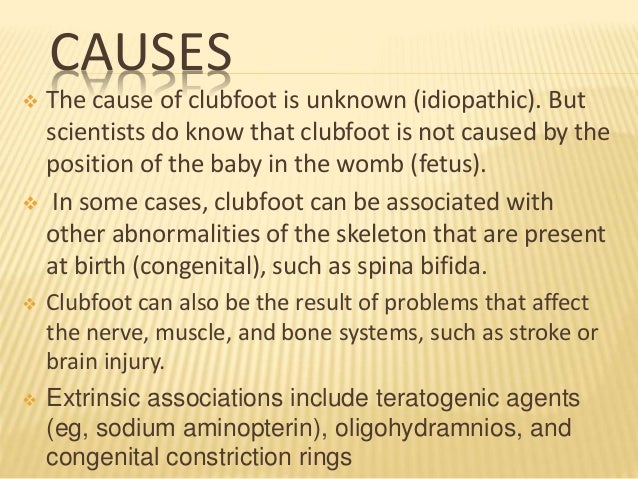
Club Foot
Clubfoot What Is Clubfoot What Causes Clubfoot Who Gets Clubfoot What Are The Symptoms Of Clubfoot

Talipes Deformity Case Study Clubfoot Nursing Crib

What Are The Main Causes Of Clubfoot Interactive Health

How To Prevent Clubfoot Clubfoot Causes And Treatments
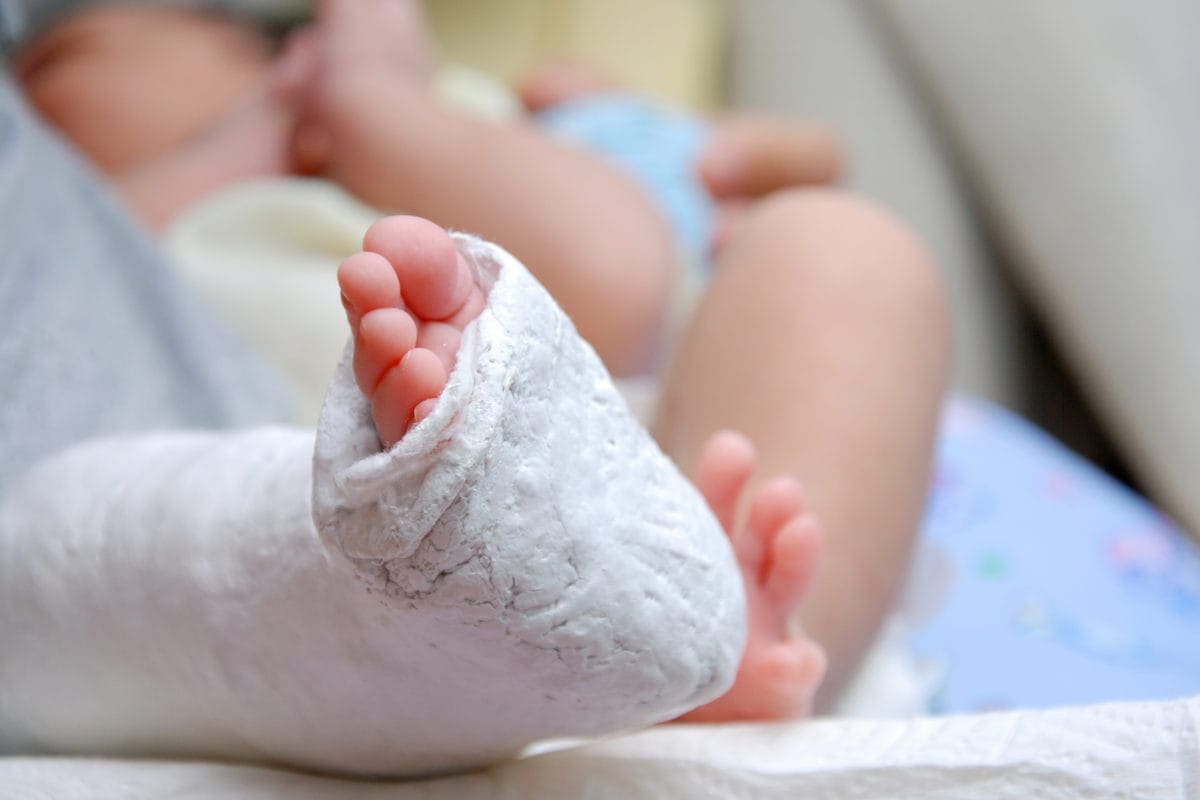
What Is Clubfoot Symptoms And Treatment Familydoctor Org

Club Foot Causes Treatment
Q Tbn 3aand9gctp62jgxdlybgwfyvfzh Y3p9jo177qwhalpgcofoygxaj3mncw Usqp Cau

About Clubfoot
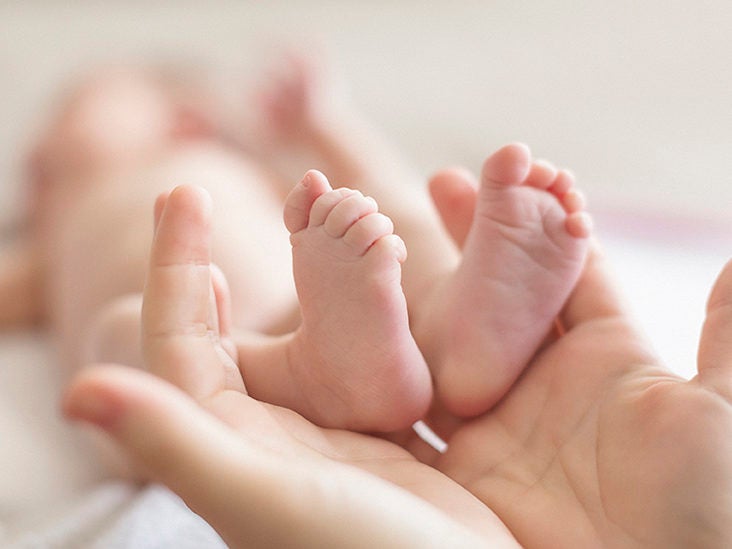
Clubfoot Repair Treatments Procedure Outlook
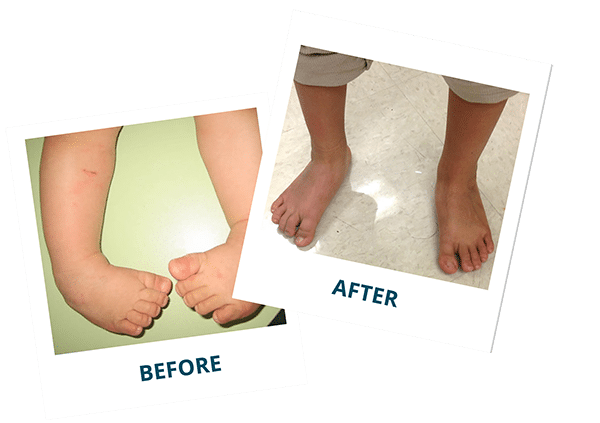
Clubfoot Doctor Ladera Ranch Southern California Foot Ankle Specialists

Pdf Causes Of Non Compliance Of Foot Abduction Orthosis Amongst Local Patients Of Relapse Idiopathic Club Foot
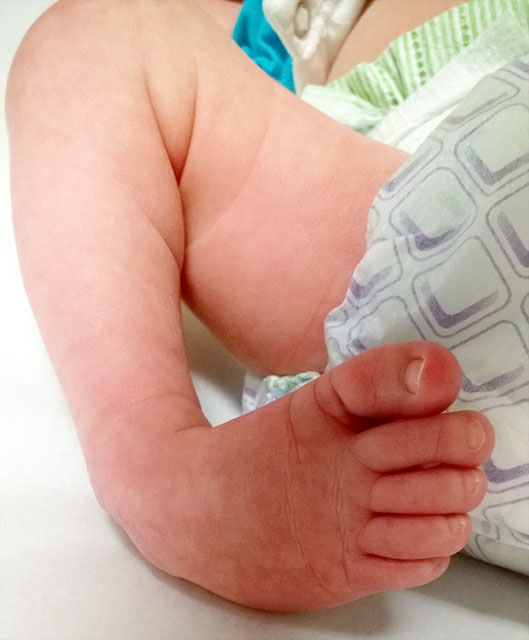
Clubfoot Johns Hopkins Medicine
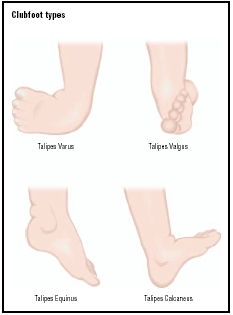
Clubfoot Symptoms Stages Definition Description Demographics Causes And Symptoms Diagnosis

Clubfoot Wikipedia

Club Foot Its Causes Pathology And Treatment Adams William Amazon Com Books

To Parents Of Children Born With Clubfeet University Of Iowa Stead Family Children S Hospital
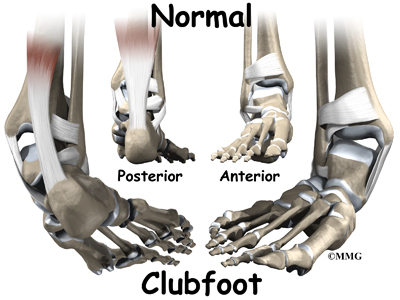
Clubfoot Eorthopod Com
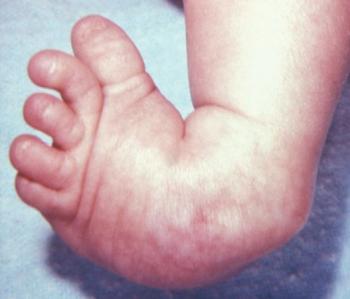
Clubfoot Causes And Treatments

Club Foot Mississauga Foot Clinic

Club Foot Its Causes Pathology And Treatment Being An Essay To Which The Jacksonian Prize For 1864 Given By The Royal College Of Surgeons Was Awarded Adams William Amazon Com Books

Club Foot Talipes In Babies Causes Signs Treatment Youtube

Foot Deformation As Medical Desease Infographic Causes Of Flat Foot Vector Illustration Stock Vector Image Art Alamy

Clubfoot Definition Causes Symptoms Complications And Cost Surgery Treatment Hospital In India

Clubfoot Symptoms Causes And Treatment Options
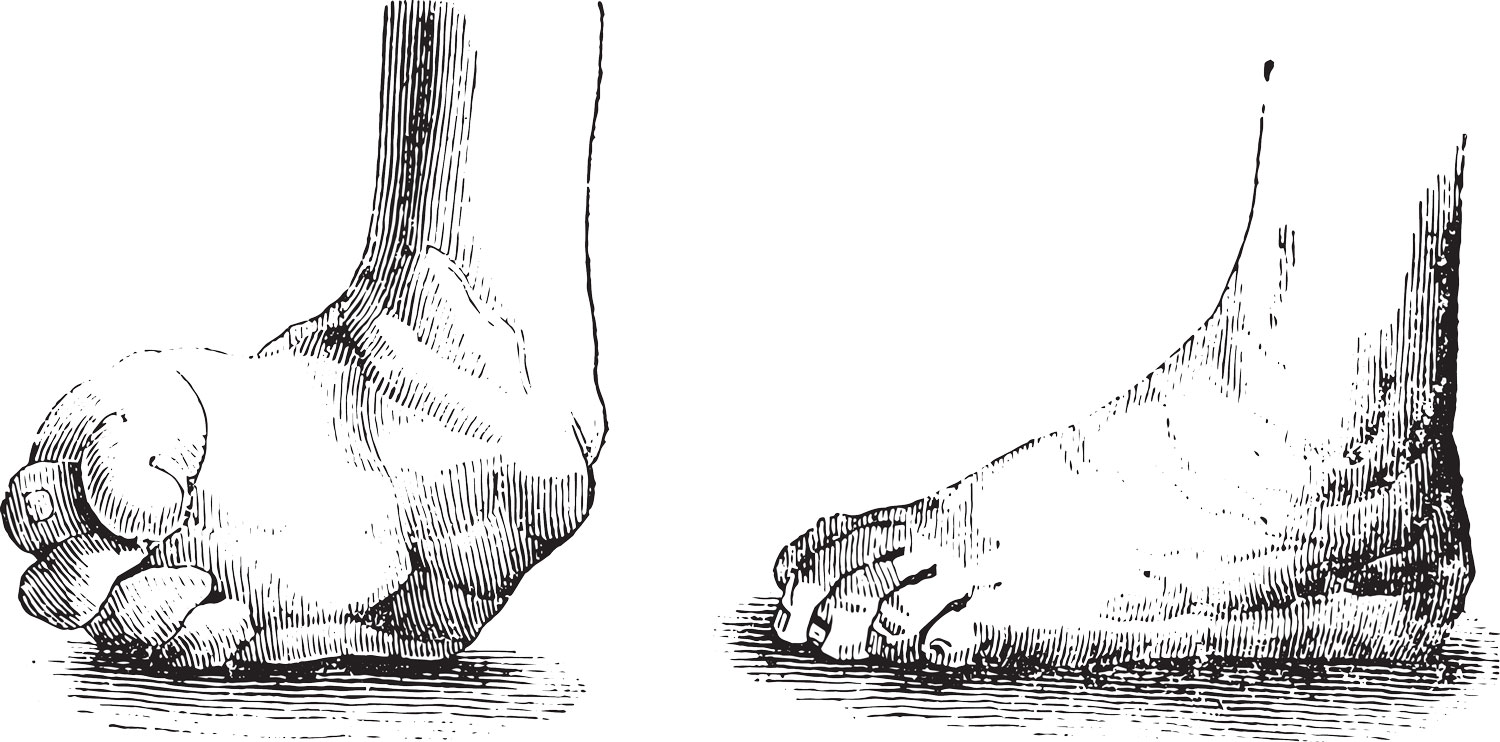
What Is Clubfoot Causes And Treatment Canyon Oaks Foot Ankle
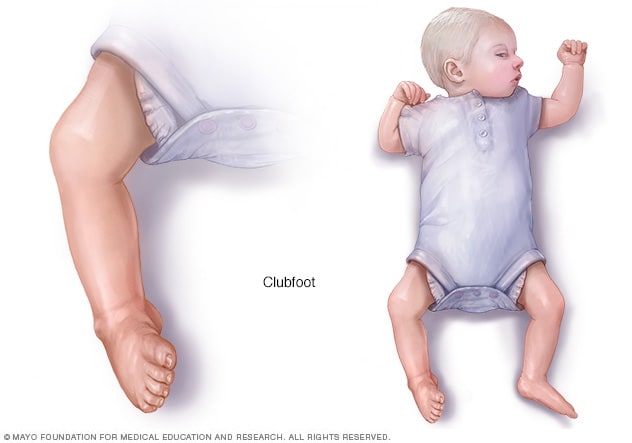
Clubfoot Symptoms And Causes Mayo Clinic

Orthoindy When An Infant S Foot Is Turned Inward Facebook

By Cassie Maier What Is Club Foot Club Foot Is When One Or Both Babies Feet Are Turned Inward And Downward And Cannot Be Put Into Normal Position Easily Ppt Download

Clubfoot Causes And Symptoms When You Premier Hospital Facebook

Clubfoot Causes And Treatments

Club Feet Club Foot Prenatal Ultrasound Prenatal

Clubfoot Causes And Treatment Family Foot Ankle Specialists

Clubfoot Children S Orthopaedic And Scoliosis Surgery Associates Llp

Clubfoot Causes Symptoms Risk Factors Diagnosis Treatment And Prevention Boldsky Com

Clubfoot Causes And Treatments Palos Hills And Mokena

Club Foot Treatment And Management Kerala

Club Feet Causes And Treatments Top O C Surgery Center Crown Valley Surgical
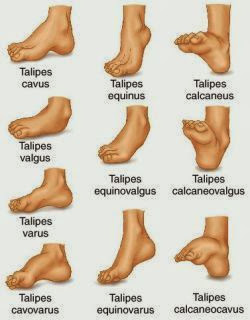
Foot Talk Club Foot Talipes The Holy Foot
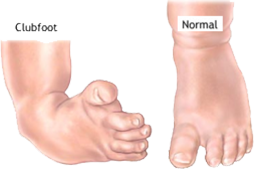
Clubfoot Treatment In Broward Palm Beach Florida Foot Ankle

Clubfoot Treatment Causes Symptoms Diagnosis

Kids Book On Clubfeet Hip Hop Hooray For Brooklynn Bunny By J Harold And B Miller

Clubfoot Congenital Talipes Equinovarus Pediatrics Orthobullets

Club Foot
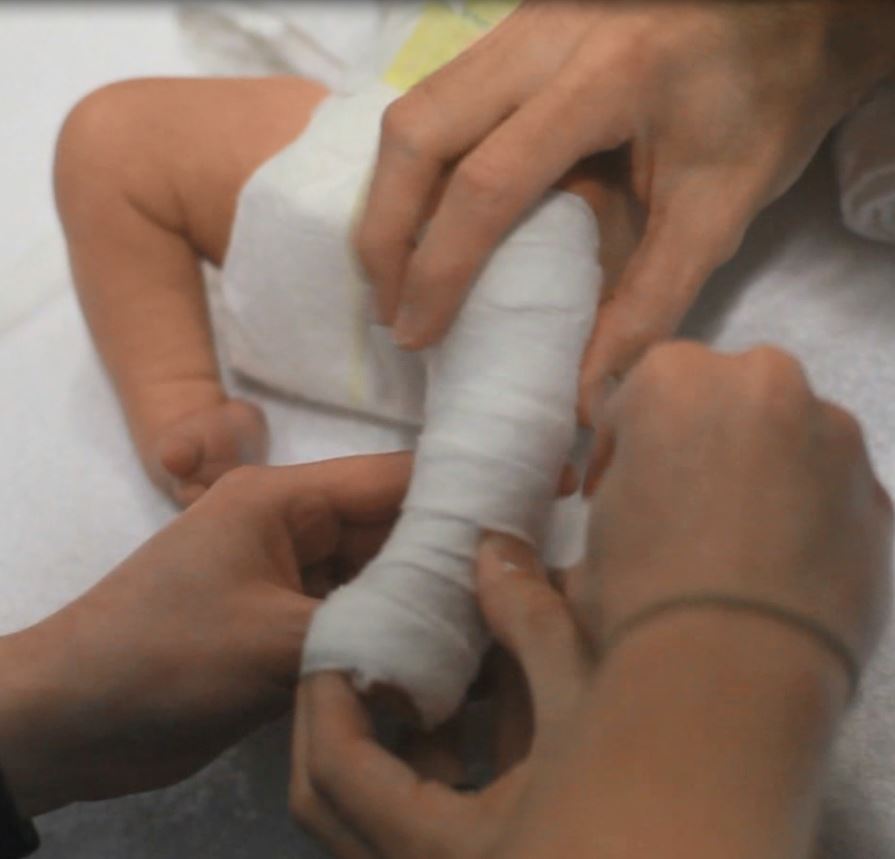
Clubfoot Talipes Equinovarus Campbell Clinic Orthopaedics
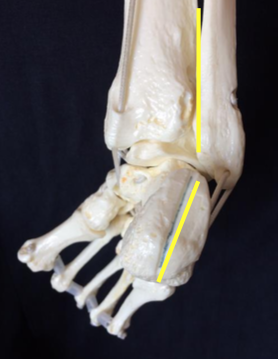
Introduction To Clubfoot Physiopedia

Talipes Causes Archives Tebmedtourism
:max_bytes(150000):strip_icc()/GettyImages-976611000-781e705fad0e43aca41e5f5fc82f7b7e.jpg)
Learn About Clubfoot Deformity In Newborns
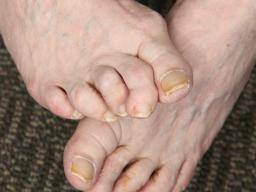
Clubfoot Causes And Treatments

Club Foot Interactive Health

Club Foot Nhs

What Is Club Foot Congenital Deformity Medegurumed E Guru

Orthokid
Clubfoot Orthoinfo os
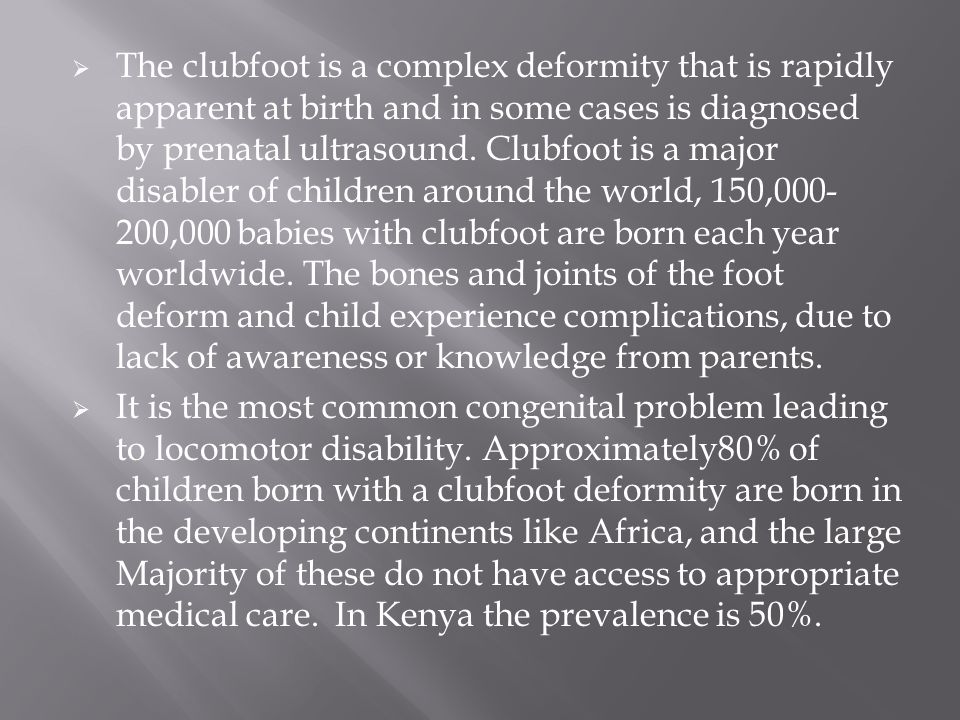
Management Of Neglected Club Foot Ppt Video Online Download

Clubfoot Deformity Medlineplus Medical Encyclopedia Image

When Your Child Has Clubfoot Articles Mount Nittany Health System

Learning About Club Foot

Clubfoot Causes And Treatments Palos Hills And Mokena

Club Foot Causes Treatment
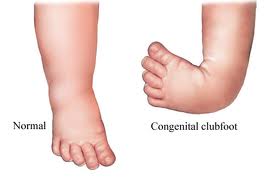
Introduction To Clubfoot Physiopedia
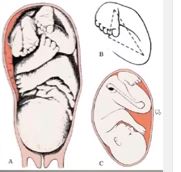
Introduction To Clubfoot Physiopedia

Clubfoot Boston Children S Hospital

To Parents Of Children Born With Clubfeet University Of Iowa Stead Family Children S Hospital
Q Tbn 3aand9gct6yvuixrefwsinrzfxc4b8t1fxnyv N9baqtm8vtcf22c3yiy1 Usqp Cau

Congenital Talipes Equinovarus Or Clubfoot Causes And Treatment
Clubfoot Orthoinfo os
Clubfoot Orthoinfo os
Q Tbn 3aand9gcs75ssovg7pr3rdeuni1i8gem4zao5pfdnfwmxvngrhcqxcomhd Usqp Cau
/GettyImages-976611020-532e1800b14b4c89aec1f2f6a855f199.jpg)
Newborn Baby Foot Problems And Deformities

Clubfoot Treatment Causes Symptoms Diagnosis
.jpg)
What Causes Clubbing Of The Fingers Or Toes

Clubfoot Treatment With A Boots And Bar Orthosis
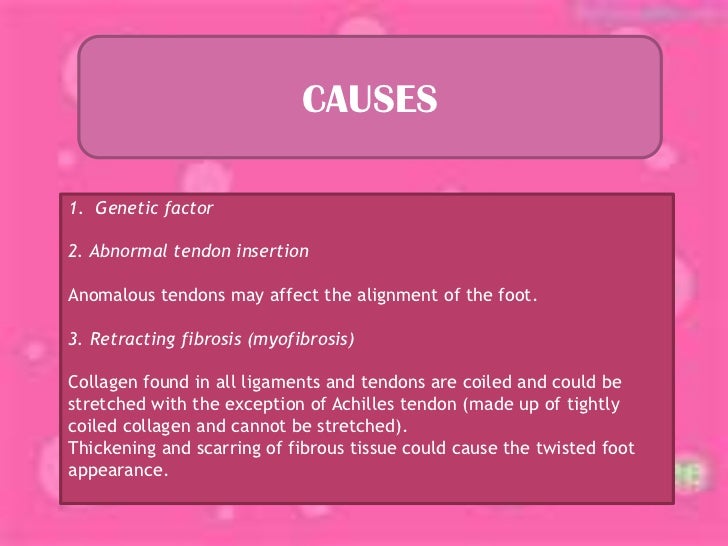
Clubfoot

Clubfoot Talipes Equinovarus Houston Tx Spring Branch Podiatry Pllc
Clubfoot Orthoinfo os

Physical Therapy In Long Island For Pediatric Issues Clubfoot

Clubfoot For Parents Nemours Kidshealth
3

Clubfoot Congenital Talipes Equinovarus Pediatrics Orthobullets

Congenital Idiopathic Talipes Equinovarus American Academy Of Pediatrics

Congenital Clubfoot Youtube

Club Foot Treatment The Alternative Or Orthodox Way Guardian Woman The Guardian Nigeria News Nigeria And World News

Association Between Perception Of Causes Of Clubfoot And Awareness Of Download Scientific Diagram
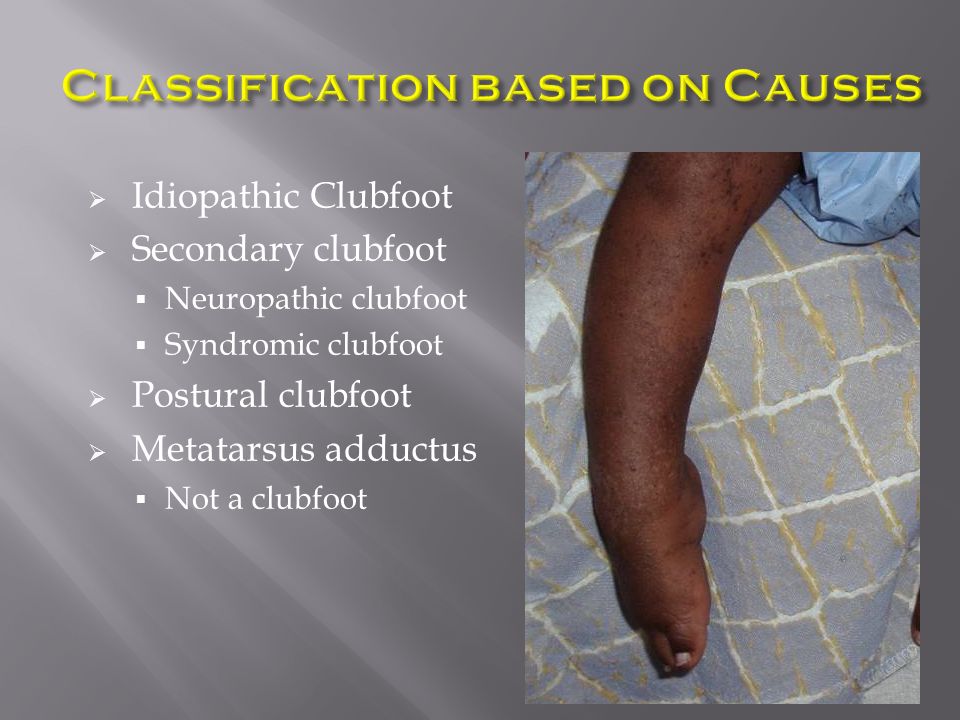
Management Of Neglected Club Foot Ppt Video Online Download

Talipes Causes Symptoms Treatment Talipes

Congenital Deformities Tl Hex

Clubfoot Causes And Treatments

Clubfoot Treatment In Iran Best Doctors Clinics Free Consultation
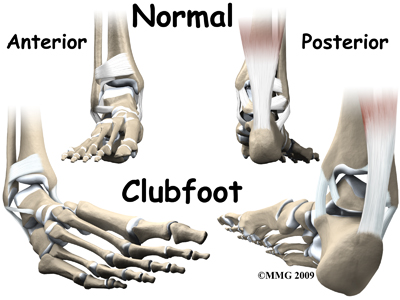
Physical Therapy In El Paso For Pediatric Issues Clubfoot

Clubfoot Symptoms And Causes Club Foot Foot Deformities Take Care Of Your Body

Club Foot Its Causes Pathology And Treatment Adams William 10 1900 Free Download Borrow And Streaming Internet Archive
Clubfoot Orthoinfo os

What Is Talipes With Pictures



